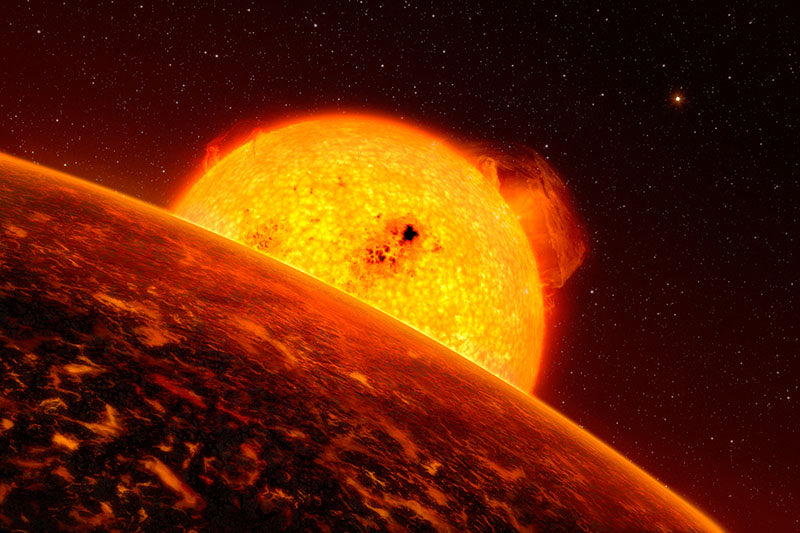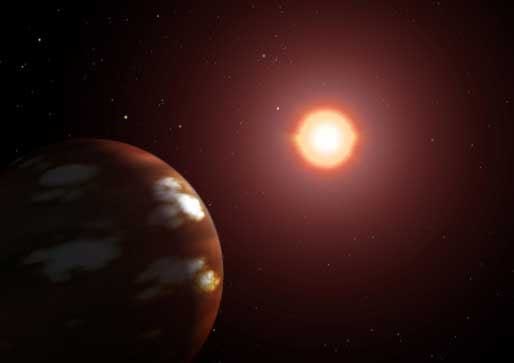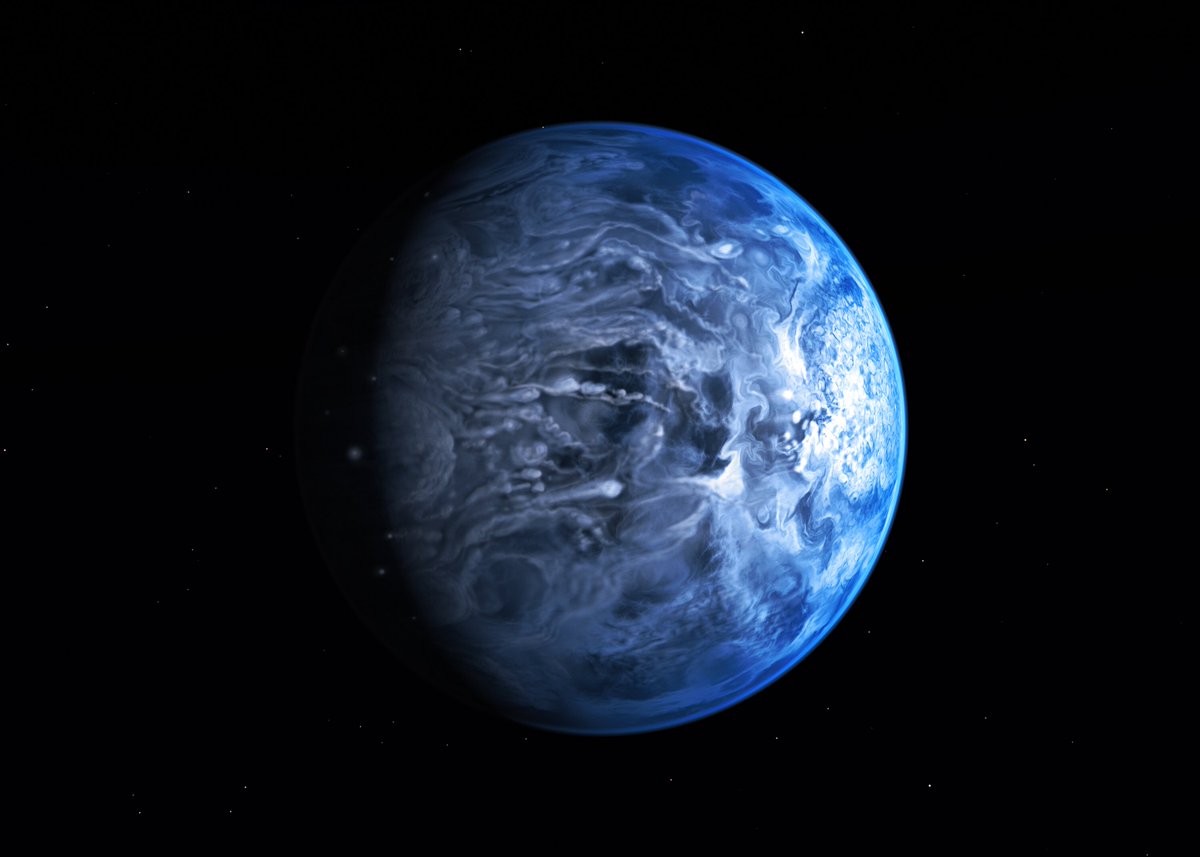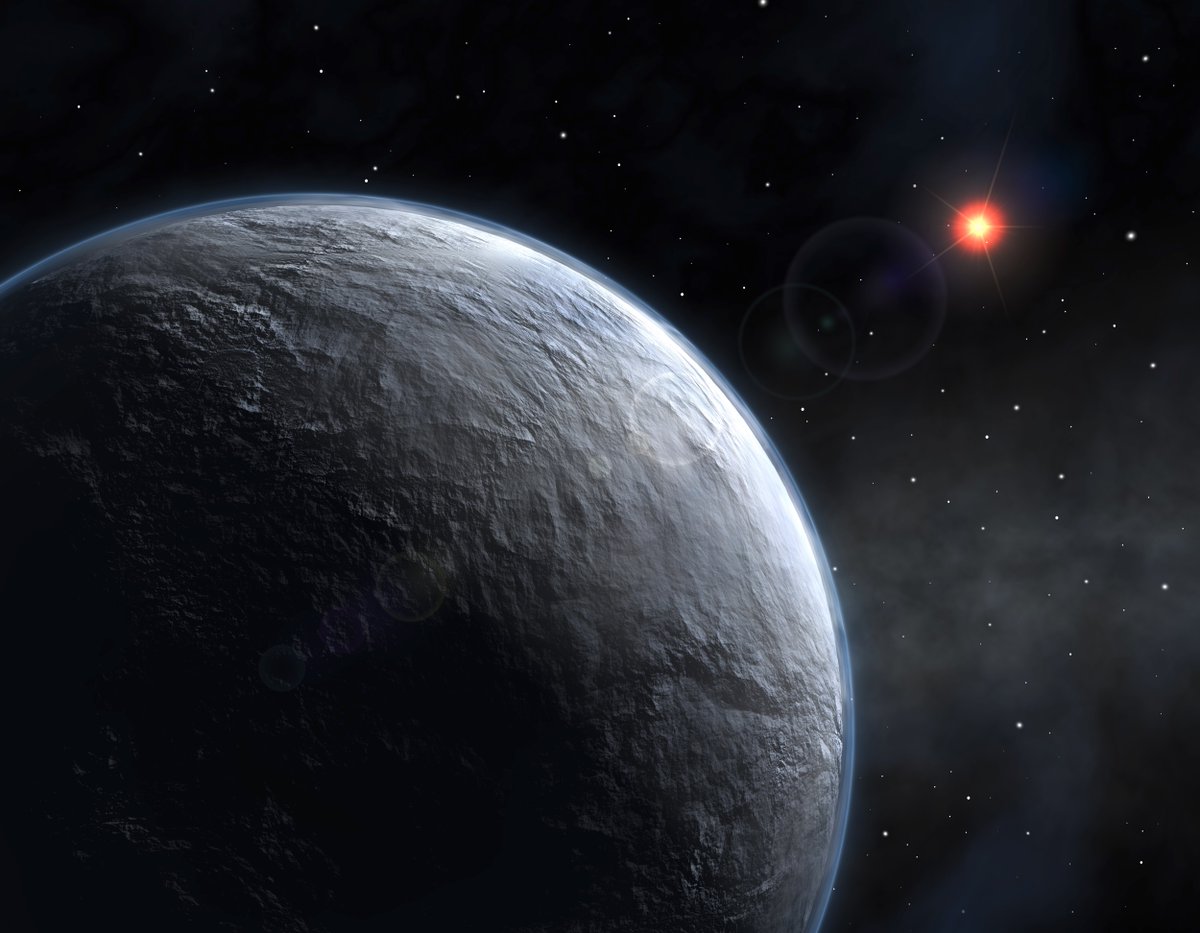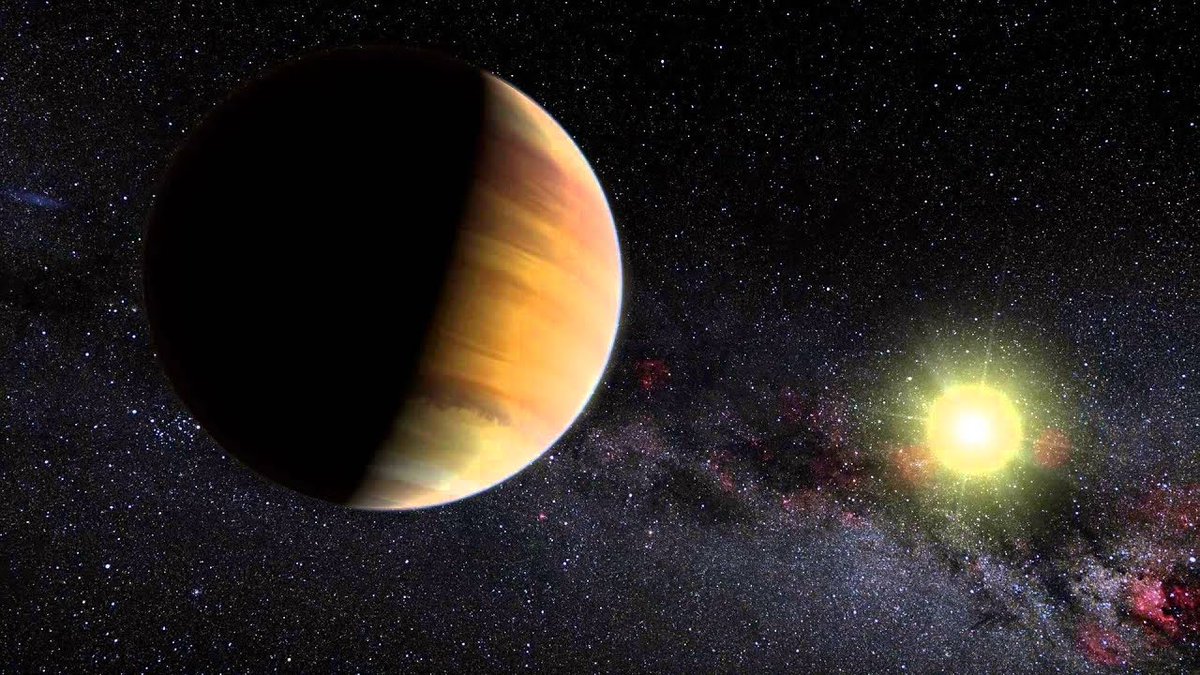Welcome to Space Facts Saturday!
Today’s topic: The Most Terrifying Planets in the Universe
(Side note: the thread about Boötes Void is still happening, it’s just delayed for now)
Let’s begin!
The idea of space is scary enough when you think about it. It’s large...
(1)
Today’s topic: The Most Terrifying Planets in the Universe

(Side note: the thread about Boötes Void is still happening, it’s just delayed for now)
Let’s begin!
The idea of space is scary enough when you think about it. It’s large...
(1)
cold, and there’s nothing to save you if you end up floating away from your spaceship. Not to mention there are also black holes to rip you to shreds. There are many worlds out there beyond the ones in our Solar System. So far, NASA has discovered over 4,000 exoplanets!
(2)
(2)
Planets are very diverse. In fact, there are planets out there that we would never have even DREAMED of existing! Some are fascinating, and some are downright terrifying. We’re going to explore some of the terrifying ones today. The ones we would never dare to visit.
(3)
(3)
1. CoRot-7 b:
This planet is 60 times closer to its star than Earth is to the Sun. This means that CoRot-7 b’s star is 360 times brighter in its sky! On the planet’s dayside, it can reach up to 4,700 degrees F, which is hot enough to melt and vaporize rock. There are...
(4)
This planet is 60 times closer to its star than Earth is to the Sun. This means that CoRot-7 b’s star is 360 times brighter in its sky! On the planet’s dayside, it can reach up to 4,700 degrees F, which is hot enough to melt and vaporize rock. There are...
(4)
occasionally some “cooler” fronts that take place on the planet, and the condensation from them causes pebbles to form and rocks to rain down. Theoretical planet models suggest that the planet’s surface is covered in boiling oceans and lava. This planet is also...
(5)
(5)
tidally locked to its star. This means that the same side of the planet always faces its star. The other side of the planet reaches temperatures of roughly -392 degrees F. This planet is said to be “two hells in one.”
(6)
(6)
2. GJ 436 b:
Just a mere 30 light years away from Earth lies GJ 436 b. This planet is only 2.5 million miles from its host star. In comparison, Mercury is 36 million miles from the Sun. This gives the planet a surface temperature of 822 degrees F. There is something...
(7)
Just a mere 30 light years away from Earth lies GJ 436 b. This planet is only 2.5 million miles from its host star. In comparison, Mercury is 36 million miles from the Sun. This gives the planet a surface temperature of 822 degrees F. There is something...
(7)
very strange going on on this planet. Its water remains in a solid state. This basically means that the planet is a planet of burning ice. This is not the kind of ice we find on Earth, however, but a special kind of ice. This ice is called Ice VII, which has a more...
(8)
(8)
denser and more crystalline structure than the ice we see here. It is believed the the ice formed because of the strong gravitational force at the planet’s core. There is also an abundance of carbon monoxide in its atmosphere, which is known to be poison for humans.
(9)
(9)
3. HD 189733 b:
This planet is slightly larger than Jupiter and is located about 62 light years away from Earth. This planet has a beautiful blue color similar to Uranus and Neptune, and it is because of its atmospheric composition. Although this planet may be beautiful...
(10)
This planet is slightly larger than Jupiter and is located about 62 light years away from Earth. This planet has a beautiful blue color similar to Uranus and Neptune, and it is because of its atmospheric composition. Although this planet may be beautiful...
(10)
it has some insane weather. HD 189733 b has winds that can reach up to speeds of 5,400 mph, which is over 7 times faster than the speed of sound! Not to mention, the temperatures on this planet can reach over 1,650 degrees F. On top of the insane wind speeds on the planet...
(11)
(11)
it also rains glass sideways. I’m not sure if an umbrella would help in this case...
(12)
(12)
4. OGLE-2005-BLG-390 lb:
The planets we’ve seen so far have been relatively close to Earth, but this planet is over 20,000 light years away in the constellation of Sagittarius. This planet orbits a red dwarf which are the smallest and faintest stars in the universe.
(13)
The planets we’ve seen so far have been relatively close to Earth, but this planet is over 20,000 light years away in the constellation of Sagittarius. This planet orbits a red dwarf which are the smallest and faintest stars in the universe.
(13)
However, this planet orbits its star too far away to even feel what little heat that the star is generating. This is one of the coldest known planets in the universe with a temperature of -364 degrees F. This causes the planet’s surface to be covered in a thick layer of...
(14)
(14)
ice. It is also covered in glaciers, canyons, plains, and enormous mountains of ice. Due to its extremely frigid temperatures, it is highly unlikely that there is life on this frozen wasteland. The temperatures are so cold that any life would be instantly frozen.
(15)
(15)
5. 51 Pegasi b:
This gas giant is over 150 times the size of Earth and mostly comprised of hydrogen and helium. This is another planet with an extremely hot surface, reaching temperatures of over 1,800 degrees F. It orbits its star over 100 times closer than the Earth..
(16)
This gas giant is over 150 times the size of Earth and mostly comprised of hydrogen and helium. This is another planet with an extremely hot surface, reaching temperatures of over 1,800 degrees F. It orbits its star over 100 times closer than the Earth..
(16)
is to the Sun. This heat creates extremely windy weather. Whenever hot air cools, cold air rushes in to fill its place. On 51 Pegasi b, the winds are over 620 mph! There is no water vapor in the planet’s atmosphere, but that does not mean that there is no rain. What makes...
(17)
(17)
51 Pegasi b so terrifying is that its intense heat allows the iron which comprises the planet to be vaporized. This vapor then rises and forms iron vapor clouds, which you can think of like the water vapor clouds here on Earth. When it rains... it rains molten iron.
(18)
(18)
That’s all of the planets I’ll be covering for now! Obviously we have discovered a LOT more, but sometimes it’s difficult to learn about what’s taking place on these distant worlds.
Let me know your thoughts! Frankly, I’m REALLY, REALLY glad to be on a planet like Earth.
(19)
Let me know your thoughts! Frankly, I’m REALLY, REALLY glad to be on a planet like Earth.
(19)
At least it doesn’t rain molten iron or glass here.
(20)
(20)
Also the extended thread is on my blog! You’ll definitely want to check it out because I discuss another planet that wasn’t mentioned here.
https://jaz21693.wixsite.com/mysite/post/the-most-terrifying-planets-in-the-universe
(21)
https://jaz21693.wixsite.com/mysite/post/the-most-terrifying-planets-in-the-universe
(21)

 Read on Twitter
Read on Twitter